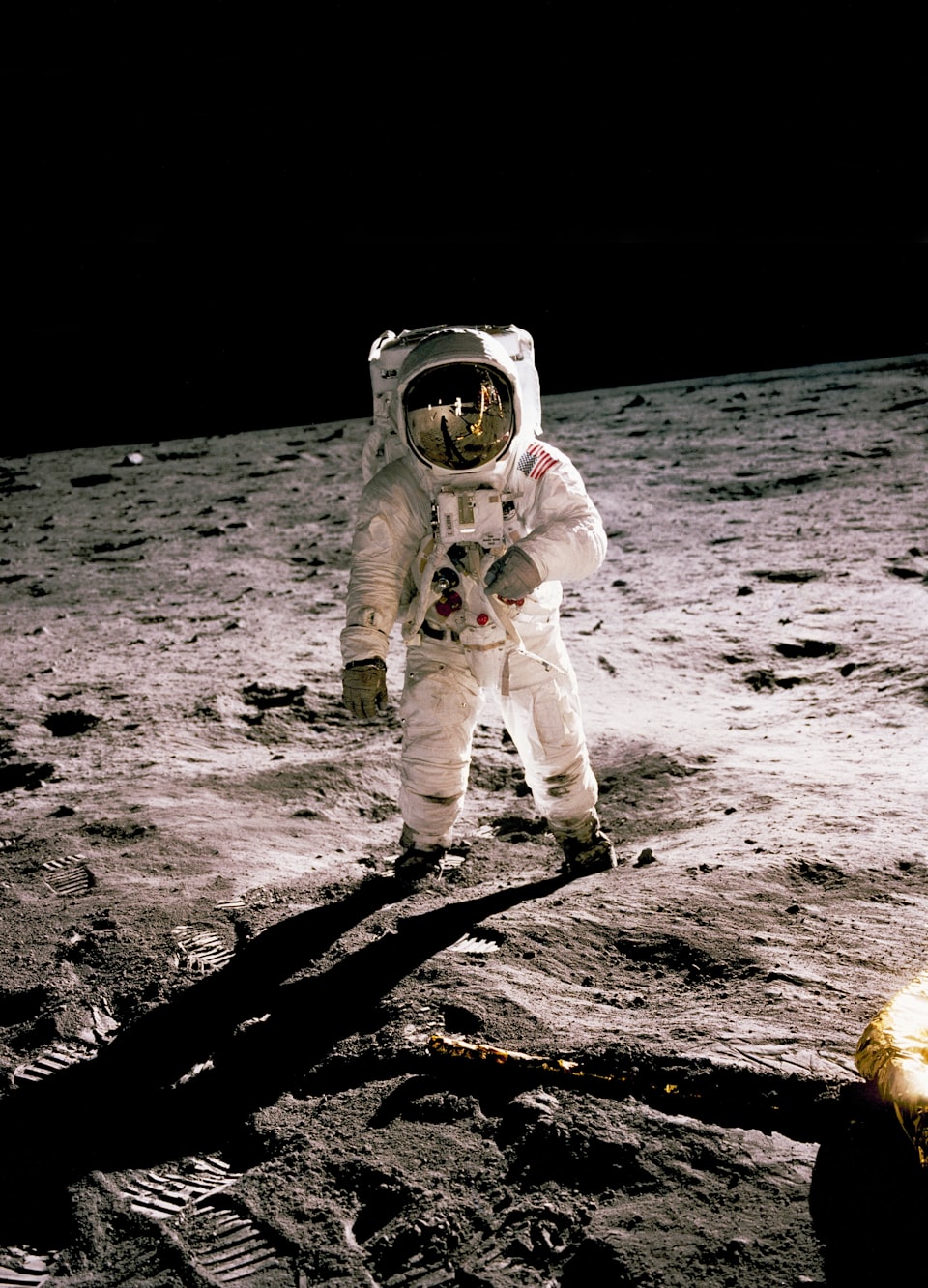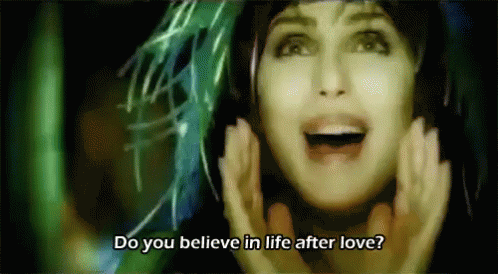Warm take: when do you believe what you read?

A recent Wall Street Journal article claimed that remote workers were 35% more likely to be laid off in 2023 than their office-bound peers. The Journal cites "an analysis of two million white-collar workers conducted by employment data provider Live Data Technologies."
I had questions.
I'll be back another time to write about RTO/remote work. However, most of what I read about RTO strikes me as reporting on sentiment. Heavy on the vibe; light on facts and data.
After a bit of rumination on how the WSJ wound up citing opaque employment "data" from a 19-person company that raised series A in 2023, and not from time-tested sources like the Bureau of Labor Statistics, or ADP, I moved on.
Looking for info on another topic, I came upon a lengthy article on the Internet. I scanned the article, and returned to the beginning.
At the top of the article: a textbox containing a bullet-point outline of the article. Kinda like what Chat-GPT might return, if you asked it to write an article. Gosh, that text-boxed outline felt like a red flag.
Then, Ann Kjellberg's Book Post landed in my inbox. In addition to book reviews, Ann occasionally writes a Notebook post, offering her analysis of what's happening in publishing and media. Her latest piece, "Bad News Day", opens with a depressing but exhaustive rundown on media outlets that have recently folded, laid off staff, been bought out by financial investors, and so forth.
"The explanations for this bloodbath all have deep roots in recent history, yet these don’t quite explain why we are facing this precipitous drop right at this moment, just before an election year, when we can bear it least."
Notebook: Bad News Day, by Ann Kjellberg, Book Post, Jan 28, 2024
All of this adds up to a message: I'm stepping up my interrogation of the resources I rely on. Maybe, especially, everything I read and share – here and elsewhere – about the workplace and managing people,
That Wall Street Journal article that triggered me offered a series of sometimes conflicting points, infused with large-company CEO sentiments about what "work" is supposed to be, where work is best performed, and the place work is meant to occupy in our lives – including statistics generated by the analysis of an early stage company whose work I don't know.
All of this took me back to something I shared in my December, 2018 issue of On Management – the list of questions I use to decide whether to rely on a resource. I've updated the list slightly, below. I did not include, "Does the article start off with a Chat-GPT-looking outline?" Maybe I should have.

Question: How do you qualify the resources you rely on?
Thank you for reading my newsletter, and a warm welcome to new subscribers. Special thanks those who pay to support On Management.
My Warm Takes are meant to be like a letter to a peer or mentee – commentary on something I've read, heard, or seen. I usually write while drinking my first cup of coffee on a Sunday morning, but this week’s Warm Take comes from a brief flat space on the family care roller coaster; my coffee is long gone and so is Sunday!
May you, your loved ones, and community members, be safe, healthy, and free.
Links
- Remote Workers Bear the Brunt When Layoffs Hit, by Te-Ping Chen, Wall Street Journal, January 26, 2024 5:30 am ET (accessed 1/28/24) (gift link)
- Notebook: Bad News Day, by Ann Kjellberg, Book Post, January 28, 2024
- The Power of Myth (in Business): On Management #33, December 2, 2018





